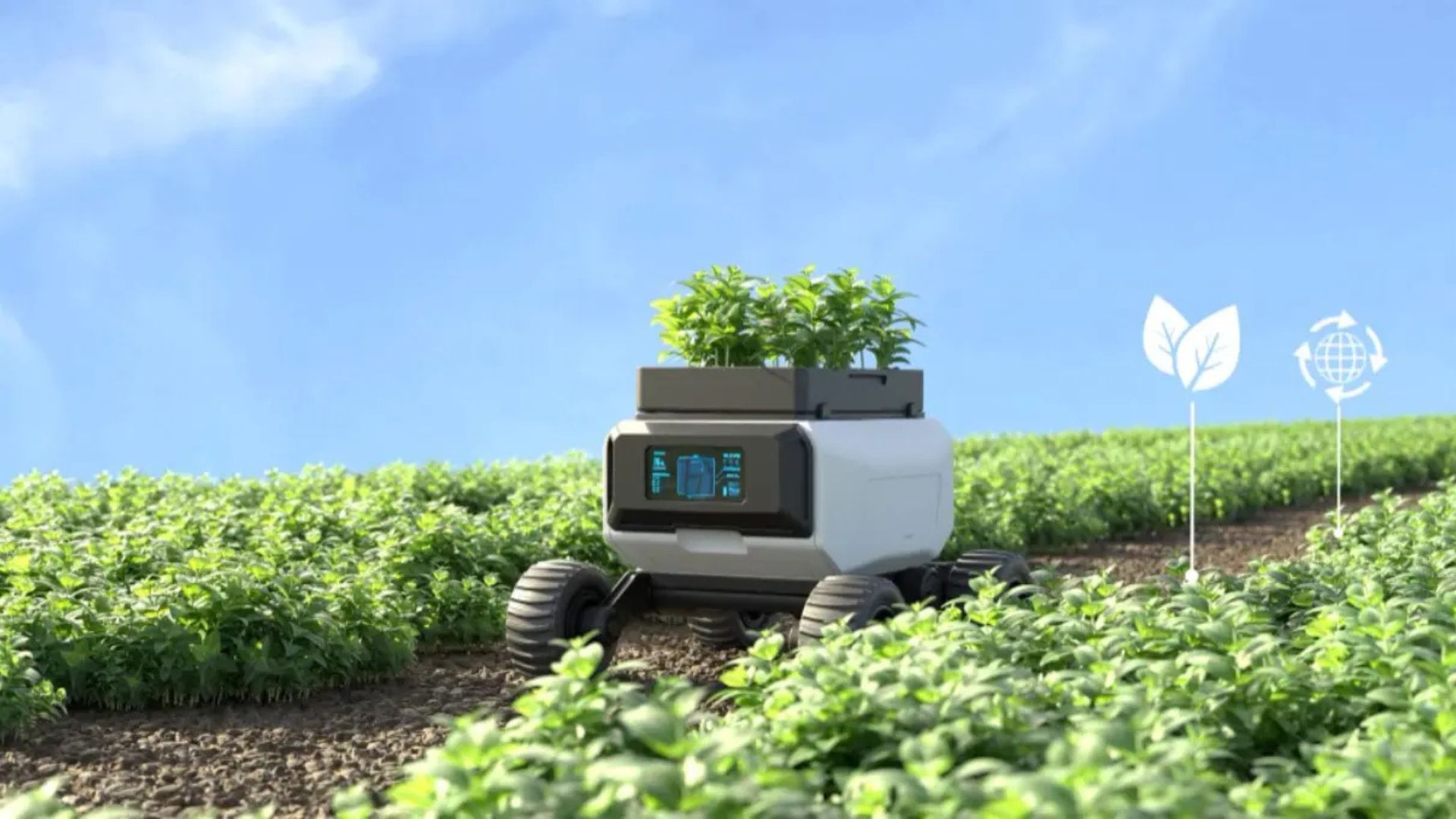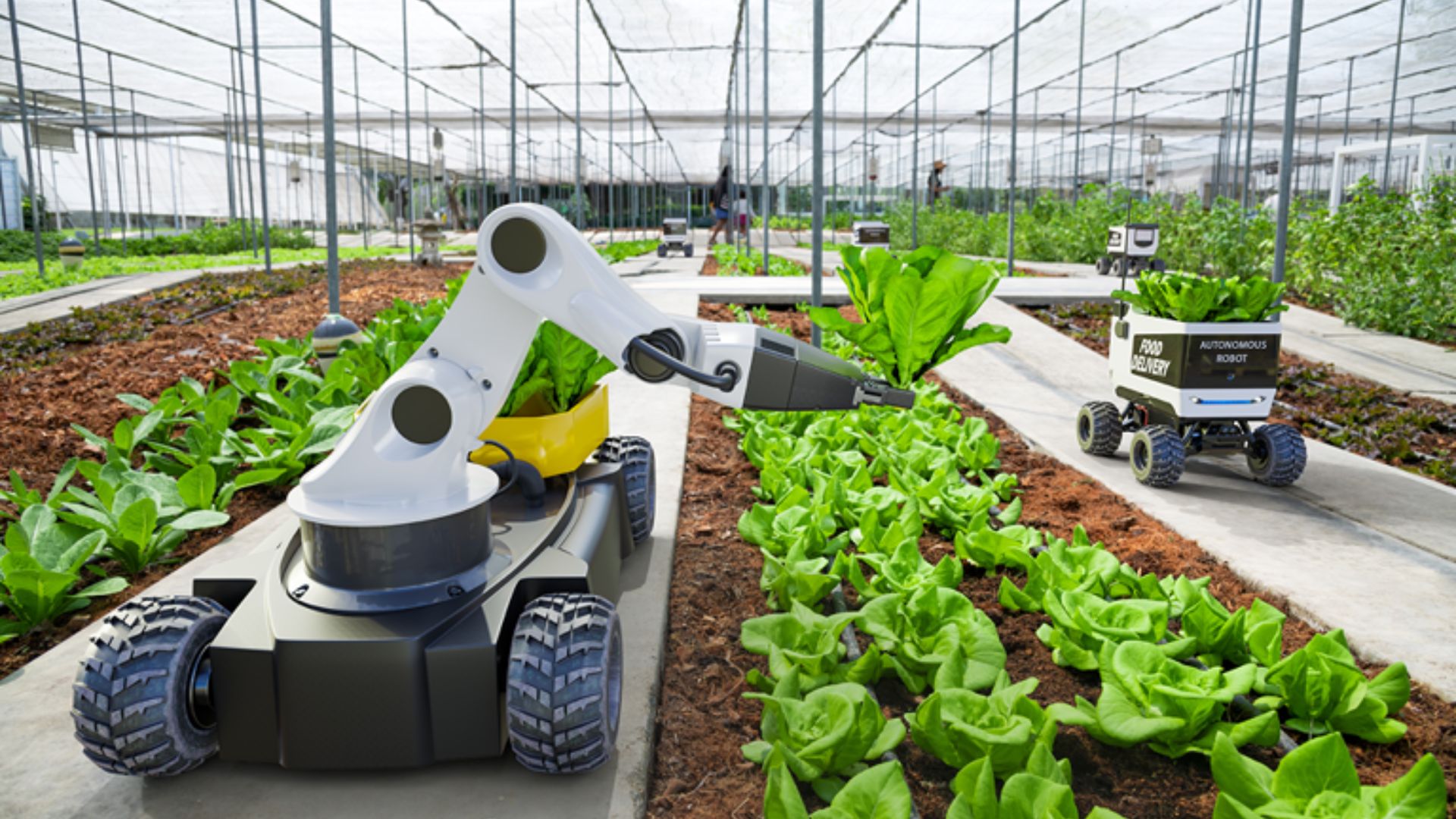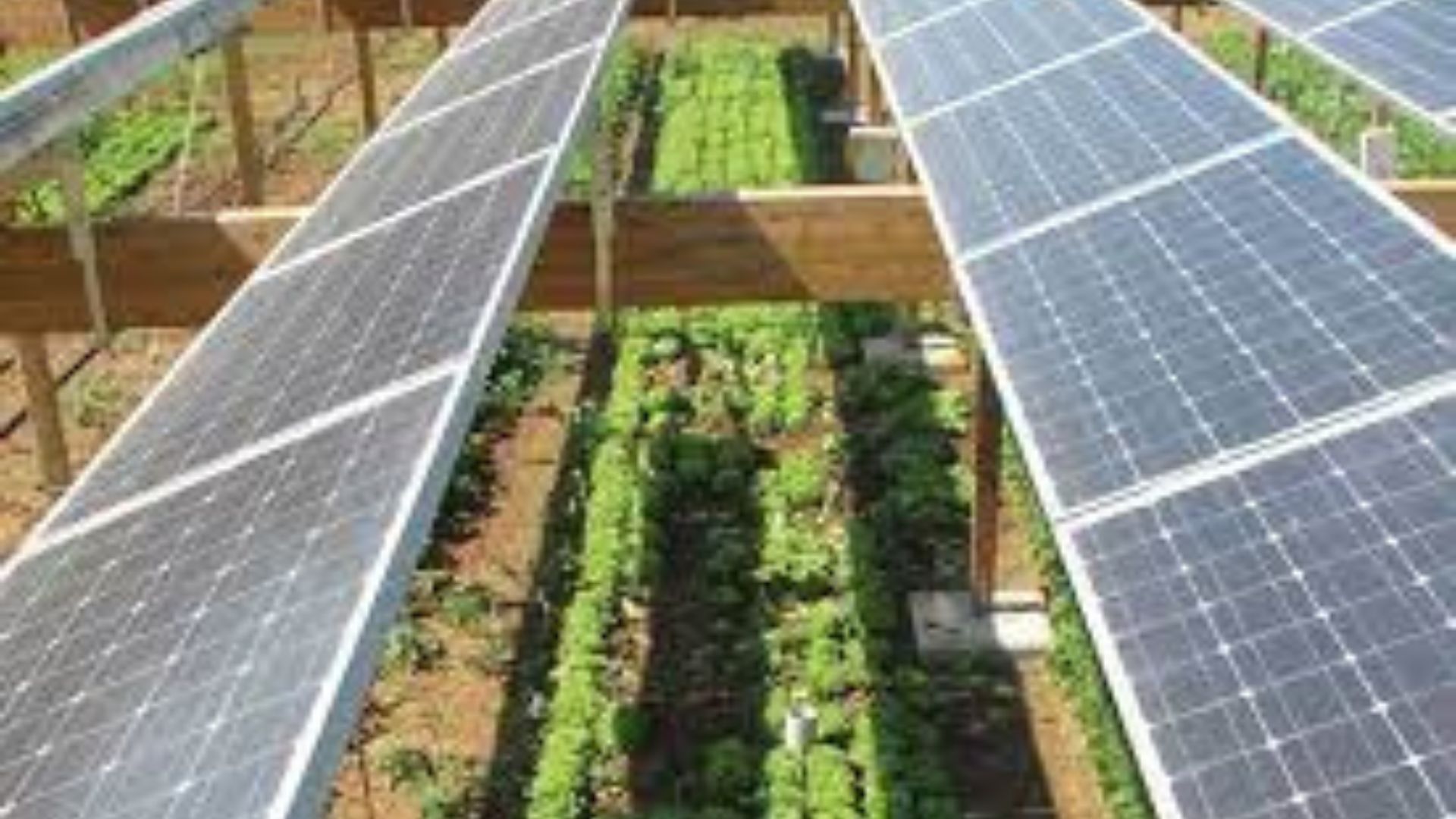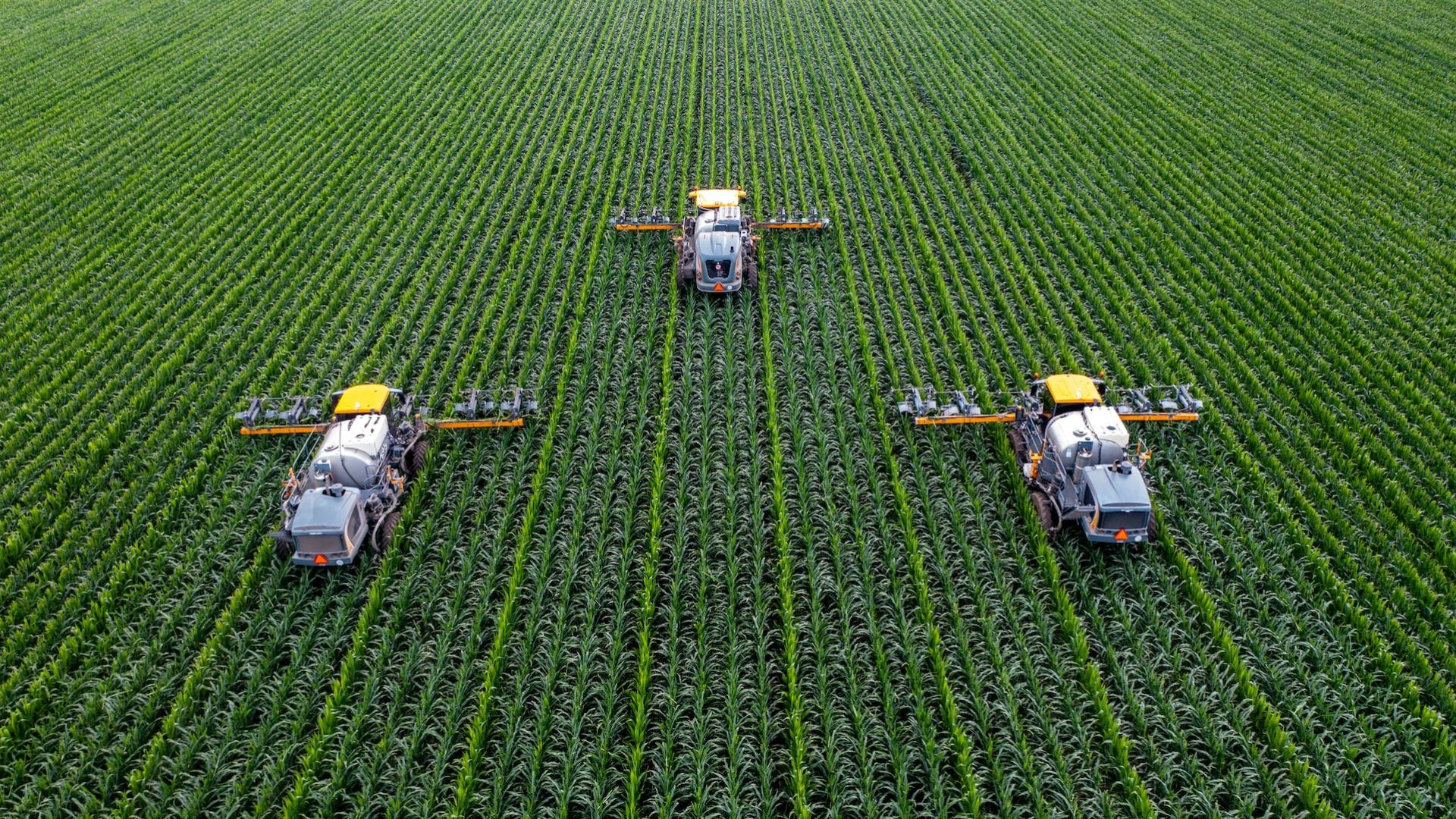Smart agriculture benefits from green farming by combining technology with sustainable practices to increase productivity and reduce environmental impact. Across South Africa and worldwide, farmers are adopting innovative solutions such as sensors, drones, automated irrigation, and data-driven management to optimize crop production. Integrating green farming techniques ensures that smart agriculture is eco-friendly, resource-efficient, and economically viable.

Advantages of Smart Agriculture
Smart agriculture powered by green farming practices offers several key advantages. First, it maximizes crop yields through precise monitoring and management. Second, it reduces labor and operational costs by automating repetitive tasks. Third, it minimizes chemical use, protecting soil and water sources. Finally, it supports sustainability by conserving resources and promoting biodiversity.
Economic Advantages
Farmers who combine smart agriculture with green farming enjoy economic benefits. Increased efficiency and higher yields lead to greater profitability. Automated systems reduce labor requirements, saving money on wages. Data-driven decision-making prevents waste of fertilizers and water, cutting costs further. Local markets benefit from consistent, high-quality produce, while farmers gain a competitive edge.
Environmental Advantages
Green farming techniques integrated with smart agriculture protect natural resources. Soil sensors, drip irrigation, and automated monitoring reduce overuse of water and fertilizers. Integrated pest management decreases chemical dependency. Agroforestry and cover cropping improve soil health and support biodiversity. By adopting these practices, farmers minimize environmental impact while maintaining high productivity.
Key Smart Agriculture Tools Supporting Green Farming
Several modern tools enhance the effectiveness of green farming in smart agriculture. These tools allow farmers to optimize inputs, monitor crops, and maintain sustainability.
1. Soil Sensors
Soil sensors provide real-time data on moisture, pH, and nutrient levels. This information allows precise irrigation and fertilization, reducing waste and improving crop health. Sensors ensure sustainable soil management and consistent production.
2. Drones and Aerial Imaging
Drones capture high-resolution images to monitor crop health, detect pests, and assess plant growth. Farmers can respond quickly to issues, reducing crop loss and chemical use. Aerial imaging supports precision farming and efficient resource management.
3. Automated Irrigation Systems
Smart irrigation delivers water directly to plant roots at optimal times. Drip systems and automated sprinklers conserve water while promoting consistent growth. These systems are especially useful in regions with limited water availability, supporting sustainable farming.
4. Farm Management Software
Farm management platforms track planting, irrigation, fertilization, and harvest schedules. They allow farmers to analyze data, optimize workflows, and improve productivity. Software integration ensures that green farming practices are applied efficiently and effectively.
5. Hydroponics and Vertical Farming
Hydroponic and vertical farming systems optimize space and water use. These technologies allow crops to grow without traditional soil, reduce water consumption, and enable year-round production. They are ideal for urban and small-scale farms aiming for sustainability and higher yields.
6. Renewable Energy Tools
Solar-powered pumps, automated sensors, and energy-efficient lighting reduce reliance on fossil fuels. Using renewable energy tools ensures eco-friendly farming, reduces costs, and supports continuous farm operations.
Best Practices for Implementing Smart Green Farming
Farmers should follow best practices to maximize benefits:
-
Assess farm needs before investing in technology
-
Start with pilot plots to test systems
-
Combine traditional farming knowledge with modern tools
-
Train staff on proper technology use
-
Monitor results and adjust strategies regularly
Challenges and Solutions
Challenges include high initial investment, technical knowledge requirements, and maintenance needs. These can be addressed through government incentives, cooperative programs, and training workshops. Over time, the increased efficiency, higher yields, and environmental benefits outweigh costs, making smart green farming a sustainable investment.
Conclusion
Smart agriculture benefits from green farming by combining innovative technology with eco-friendly practices. Tools like soil sensors, drones, automated irrigation, farm management software, hydroponics, and renewable energy systems improve productivity, reduce costs, and protect the environment. By integrating green farming techniques, farmers in South Africa and worldwide can create resilient, sustainable, and profitable farms. Smart agriculture ensures that modern farming meets global food demands while conserving resources and promoting environmental stewardship.










